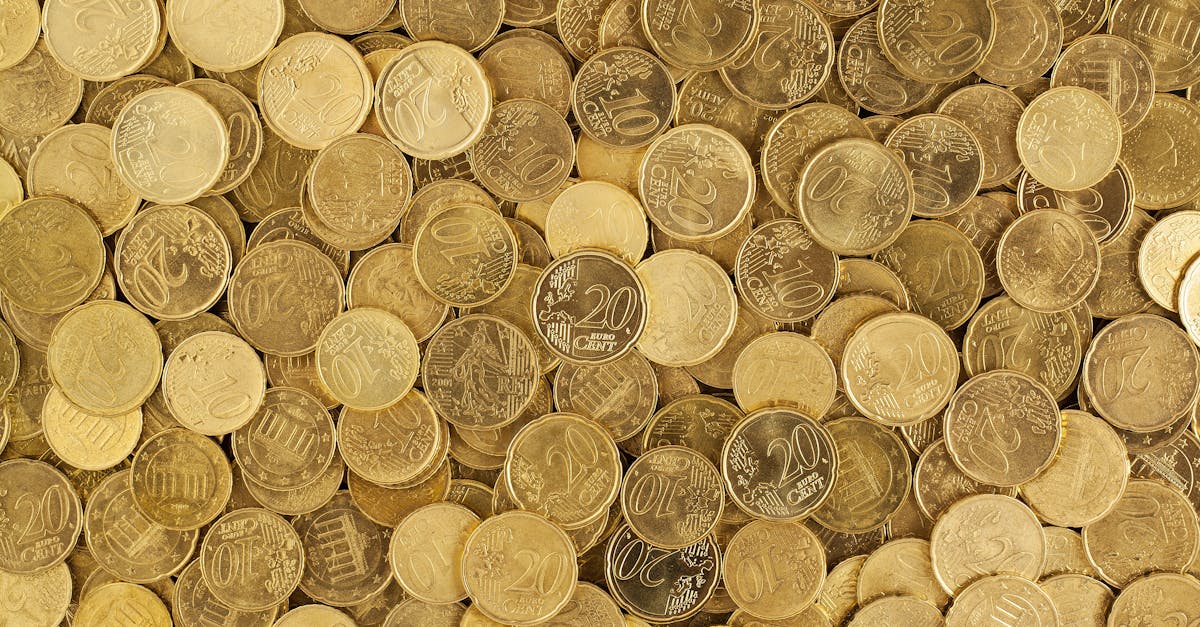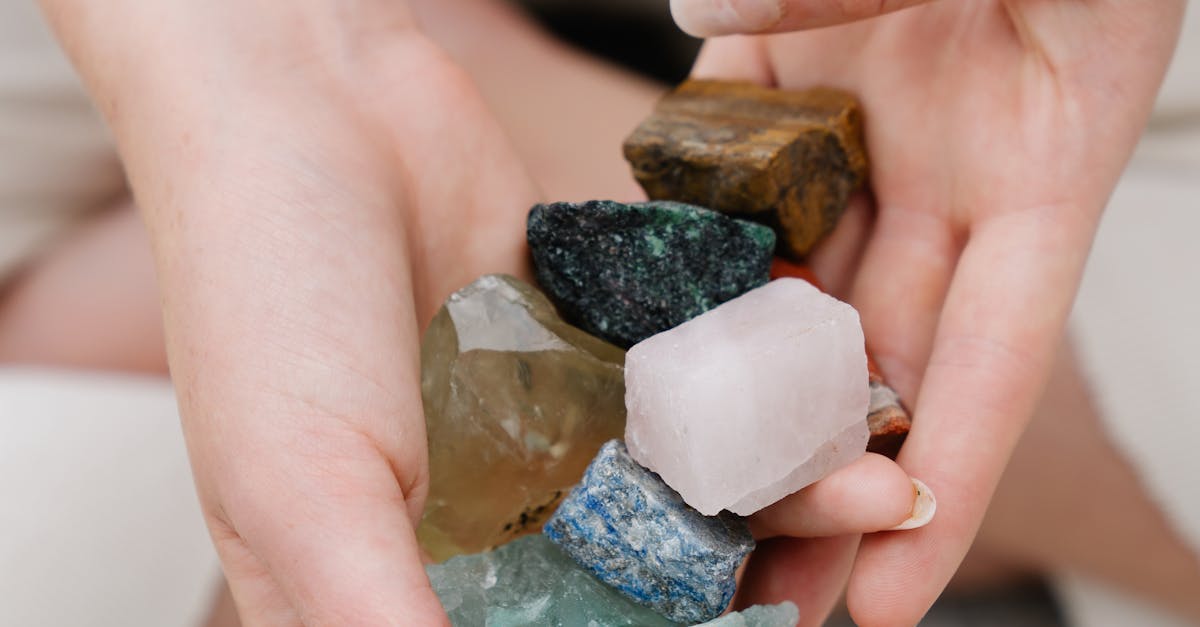From Earth’s Depths to Human Hands: The Enchanting Journey of Gold Extraction

Unveiling the Treasures: Exploring Gold Sources and Extraction from Mineral Ores
Gold, an enthralling metal that has captivated humanity for millennia, has been a symbol of wealth, power, and allure throughout history. This precious metal, coveted for its brilliance and malleability, has played a pivotal role in shaping civilizations and driving economies. But where does gold come from, and how is it extracted from the depths of the earth?
In this comprehensive article, we embark on a fascinating journey to uncover the sources of gold and delve into the intricate science behind its extraction from mineral ores. We will explore the geological formations that harbor this valuable metal, examining the characteristics of quartz, pyrite, and other gold-bearing ores. Moreover, we will shed light on the technological advancements and scientific principles that enable us to separate gold from its natural encasements, uncovering the delicate dance between chemistry, physics, and engineering. As we delve deeper into the world of gold extraction, we will also emphasize the importance of sustainability and environmental considerations, advocating for responsible mining practices that minimize the ecological impact of our pursuit of this precious metal.
Key Insights
- Gold is a valuable and alluring metal that has been prized by civilizations for centuries.
- Gold is found in a variety of mineral ores, including quartz, pyrite, and arsenopyrite.
- The extraction of gold from ores is a complex and delicate process that requires a combination of scientific principles and technological advancements.
- The environmental impact of gold mining can be significant, but it can be minimized by using sustainable mining practices.
- Gold is a finite resource, so it is important to use it wisely and to recycle it whenever possible.
1. Gold: The Allure of a Precious Metal
Gold: The Allure of a Precious Metal
Gold, a captivating metal that has enchanted civilizations for centuries, holds an allure that transcends time. Its rich, warm hue, its resistance to tarnish, and its malleability have made it a coveted material for adornment, currency, and investment.
Throughout history, gold has played a pivotal role in shaping human societies. From the opulent treasures of ancient Egypt to the golden coins that facilitated global trade, gold has been a symbol of wealth, power, and prosperity. Its enduring value has made it a reliable store of wealth, a hedge against inflation, and a safe haven during times of economic uncertainty.
Beyond its monetary value, gold holds cultural and emotional significance. It is intricately woven into the fabric of art, religion, and mythology. From the exquisite gold jewelry of ancient civilizations to the gleaming domes of religious structures, gold has been used to express devotion, commemorate special occasions, and symbolize divine presence. Its timeless beauty and versatility have made it a cherished material for crafting heirlooms, passing down legacies, and expressing love and commitment.
2. Mineral Ores: The Encasing Treasures

Mineral Ores: The Encasing Treasures
Gold, in its pure form, is a relatively rare element in the Earth’s crust. However, it is often found in association with other elements and minerals, forming what are known as mineral ores. These ores serve as natural reservoirs for gold, and their geological formations and global distribution play a crucial role in the accessibility and extraction of this precious metal.
One of the most common gold-bearing ores is quartz. Quartz is a hard, crystalline mineral that is found in a wide variety of geological settings. Gold-bearing quartz veins are formed when hot, mineral-rich fluids rise through cracks and fissures in the Earth’s crust and deposit their contents. These veins can vary in size and gold content, but they have been a major source of gold throughout history.
Another important gold-bearing ore is pyrite. Pyrite is an iron sulfide mineral that is often mistaken for gold due to its brassy yellow color. While pyrite does not contain as much gold as quartz veins, it can be a significant source of gold when mined and processed in large quantities. Pyrite-hosted gold deposits are found in various geological settings, including volcanic rocks and hydrothermal veins.
3. Quartz: The Ubiquitous Host
Quartz: The Ubiquitous Host
Quartz is one of the most abundant minerals on Earth, and it is also one of the most common host minerals for gold. Quartz is a hard, crystalline mineral with a vitreous luster. It is typically colorless or white, but it can also be found in a variety of other colors, including pink, purple, and yellow. Quartz is found in a wide variety of geological settings, including igneous, metamorphic, and sedimentary rocks.
Gold-bearing quartz veins are formed when hot, mineral-rich fluids rise through cracks and fissures in the Earth’s crust and deposit their contents. These veins can vary in size and gold content, but they have been a major source of gold throughout history. The gold in quartz veins is typically found in the form of tiny grains or nuggets. The size and shape of these gold particles can vary depending on the geological conditions under which they were formed.
Extracting gold from quartz can be a challenging process. The hardness of quartz makes it difficult to crush and grind, and the gold particles can be very small and difficult to separate from the quartz. However, there are a number of different methods that can be used to extract gold from quartz, including gravity separation, amalgamation, and cyanidation.
Vein Deposits: Gold’s Hidden Pathways
Vein Deposits: Gold’s Hidden Pathways
Gold-bearing quartz veins are formed when hot, mineral-rich fluids rise through cracks and fissures in the Earth’s crust and deposit their contents. These veins can vary in size and gold content, but they have been a major source of gold throughout history. The gold in quartz veins is typically found in the form of tiny grains or nuggets. The size and shape of these gold particles can vary depending on the geological conditions under which they were formed.
Vein deposits are often found in areas of volcanic or hydrothermal activity. The hot, mineral-rich fluids that form these veins are thought to originate from deep within the Earth’s crust. As these fluids rise, they dissolve minerals from the surrounding rocks and carry them to the surface. When the fluids reach a crack or fissure, they deposit their dissolved minerals, forming a vein. The gold in these veins is thought to have been dissolved from the surrounding rocks by the hot, acidic fluids.
Locating and extracting gold-bearing quartz veins can be a challenging process. However, there are a number of techniques that can be used to improve the chances of success. These techniques include geological mapping, geochemical sampling, and geophysical surveys. Once a vein has been located, it can be extracted using a variety of mining methods, including open-pit mining, underground mining, and placer mining.
Disseminated Gold: A Challenging Extraction
Disseminated Gold: A Challenging Extraction
Disseminated gold is gold that is evenly distributed throughout a rock, rather than being concentrated in veins or nuggets. This type of gold is often found in igneous rocks, such as granite and diorite. Disseminated gold can also be found in sedimentary rocks, such as sandstone and conglomerate. The gold in these rocks is typically very fine-grained, making it difficult to separate from the surrounding rock.
Extracting gold from disseminated deposits is more challenging than extracting gold from vein deposits. This is because the gold is not concentrated in a single location, making it more difficult to find and recover. In addition, the fine-grained nature of the gold makes it difficult to separate from the surrounding rock. As a result, disseminated gold deposits are typically mined using large-scale mining operations that can process large quantities of rock.
There are a number of different methods that can be used to extract gold from disseminated deposits. One common method is gravity separation. This method uses the difference in density between gold and the surrounding rock to separate the two. Another common method is flotation. This method uses chemicals to create bubbles that attach to the gold particles, causing them to float to the surface of a tank. The gold-rich froth can then be skimmed off and processed further.
4. Pyrite: Fool’s Gold or Treasure Trove?

Pyrite: Fool’s Gold or Treasure Trove?
Pyrite is a common iron sulfide mineral with a brassy yellow color. It is often mistaken for gold due to its similar appearance, but it is actually a much less valuable mineral. Pyrite has been known as “fool’s gold” for centuries, as it has led many people to believe they had found gold when they had actually found pyrite.
Despite its common name, pyrite can actually be a source of gold. Pyrite often contains small amounts of gold, and in some cases, the gold content can be high enough to make it economically viable to extract. However, extracting gold from pyrite is a complex and expensive process, so it is not always profitable.
There are a number of different methods that can be used to extract gold from pyrite. One common method is flotation. This method uses chemicals to create bubbles that attach to the gold particles, causing them to float to the surface of a tank. The gold-rich froth can then be skimmed off and processed further. Another common method is cyanidation. This method uses a cyanide solution to dissolve the gold from the pyrite. The gold can then be recovered from the solution using a variety of methods, such as precipitation or electrolysis.
5. Other Gold-Bearing Ores: A Diverse Spectrum
Other Gold-Bearing Ores: A Diverse Spectrum
Gold is not only found in quartz veins and disseminated deposits. It can also be found in a variety of other mineral ores, including arsenopyrite, stibnite, and tellurides. These ores have their own unique characteristics and require different extraction techniques.
Arsenopyrite is an iron arsenic sulfide mineral with a silver-white color. It is often found in association with gold in hydrothermal veins. Arsenopyrite can be a significant source of gold, but it is also a toxic mineral. As a result, special care must be taken when mining and processing arsenopyrite ores.
Stibnite is an antimony sulfide mineral with a lead-gray color. It is often found in association with gold in hydrothermal veins. Stibnite can be a significant source of both gold and antimony. However, it is also a toxic mineral, so care must be taken when mining and processing stibnite ores.
Tellurides are a group of minerals that contain gold and tellurium. Tellurides are often found in association with gold in hydrothermal veins. Tellurides can be a significant source of gold, but they are also relatively rare. As a result, they are not as commonly mined as other gold-bearing ores.
6. The Science of Gold Extraction: A Delicate Dance
The Science of Gold Extraction: A Delicate Dance
Extracting gold from mineral ores is a complex and delicate process that requires a combination of scientific principles and technological advancements. The first step in the extraction process is to crush and grind the ore to liberate the gold particles. This can be done using a variety of methods, including jaw crushers, ball mills, and rod mills.
Once the ore has been crushed and ground, it is then subjected to a chemical leaching process. This process uses a variety of chemicals, such as cyanide or chlorine, to dissolve the gold from the ore. The gold-bearing solution is then separated from the ore and the gold is recovered using a variety of methods, such as precipitation or electrolysis.
The science of gold extraction has undergone significant advancements in recent years. These advancements have led to the development of more efficient and environmentally friendly extraction methods. For example, new leaching agents have been developed that are more selective for gold and less harmful to the environment.
7. Sustainability and Environmental Considerations
Sustainability and Environmental Considerations
The mining and extraction of gold can have a significant impact on the environment. Mining activities can lead to deforestation, water pollution, and soil contamination. In addition, the use of chemicals in the gold extraction process can pose a risk to human health and the environment.
It is important to minimize the environmental impact of gold extraction. This can be done by using sustainable mining practices and by exploring new technologies that are more environmentally friendly. Sustainable mining practices include reducing water use, minimizing waste, and rehabilitating mined land. New technologies that are being explored include using bacteria to extract gold from ores and using solvents that are less harmful to the environment.
By adopting sustainable mining practices and investing in new technologies, we can reduce the environmental impact of gold extraction and ensure that this precious metal can be enjoyed by future generations.
What is the most common type of gold-bearing ore?
The most common type of gold-bearing ore is quartz.
What is the difference between vein deposits and disseminated gold?
Vein deposits are formed when gold-bearing fluids fill cracks and fissures in rocks, while disseminated gold is evenly distributed throughout a rock.
What is the most common method used to extract gold from ores?
The most common method used to extract gold from ores is cyanidation.
What are some of the environmental concerns associated with gold mining?
Some of the environmental concerns associated with gold mining include deforestation, water pollution, and soil contamination.
What are some of the sustainable mining practices that can be used to minimize the environmental impact of gold extraction?
Some of the sustainable mining practices that can be used to minimize the environmental impact of gold extraction include reducing water use, minimizing waste, and rehabilitating mined land.
Table of Key Insights
| Key Insight | Description | |—|—| | Gold is a valuable and alluring metal that has been prized by civilizations for centuries. | Gold has been used for a variety of purposes, including jewelry, coinage, and investment. | | Gold is found in a variety of mineral ores, including quartz, pyrite, and arsenopyrite. | The type of ore that gold is found in can affect the difficulty and cost of extraction. | | The extraction of gold from ores is a complex and delicate process that requires a combination of scientific principles and technological advancements. | The extraction process can involve crushing and grinding the ore, followed by chemical leaching and other techniques. | | The environmental impact of gold mining can be significant, but it can be minimized by using sustainable mining practices. | Sustainable mining practices can include reducing water use, minimizing waste, and rehabilitating mined land. | | Gold is a finite resource, so it is important to use it wisely and to recycle it whenever possible. | Recycling gold can help to conserve this valuable resource and reduce the environmental impact of gold mining.

0 responses to “Unveiling the Treasures: Exploring Gold Sources and Extraction from Mineral Ores”